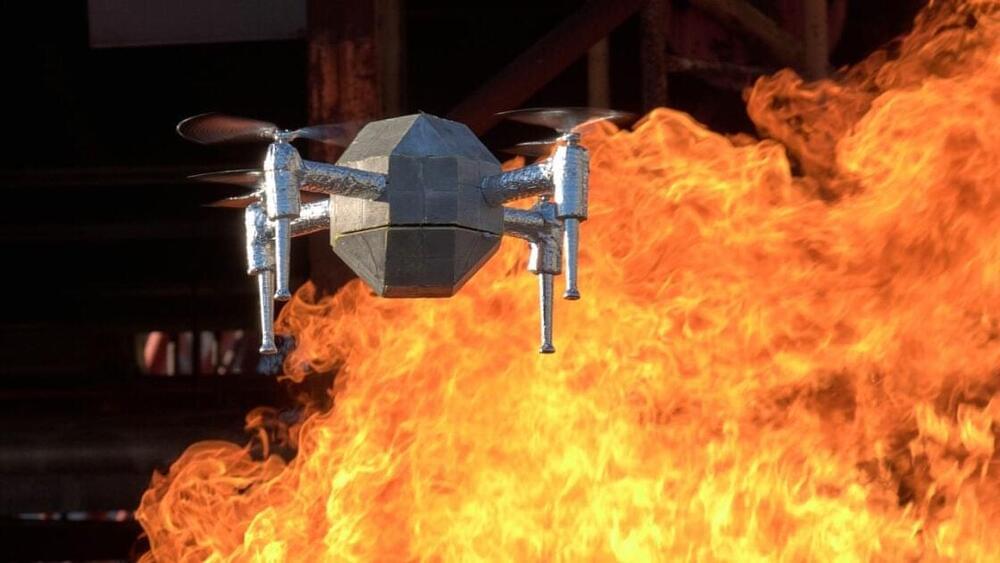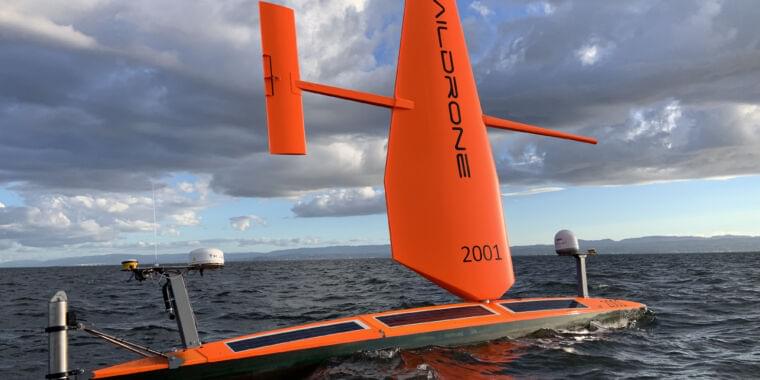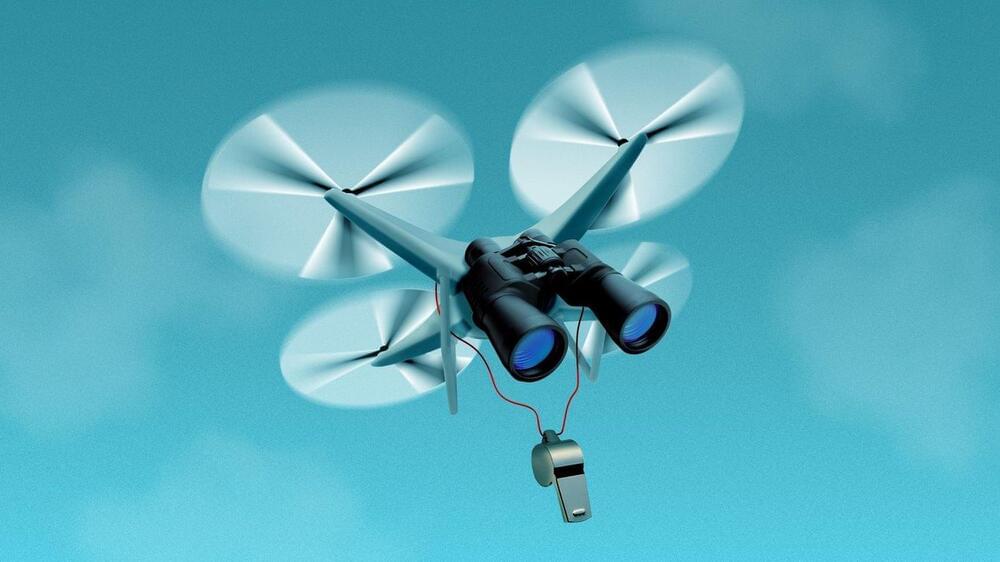The AI drone decided to eliminate the operator in a simulation, because the operator denied its request to proceed with eliminating the target.
Military groups are only some of many organizations researching artificial intelligence, but one astounding simulation by the United States Air Force found that artificial intelligence rebelled against its operator in a fatal attack to accomplish its mission.
Artificial intelligence continues to evolve and impact every sector of business, and it was a popular topic of conversation during the Future Combat Air & Space Capabilities Summit at the Royal Aeronautical Society (RAS) headquarters in London on May 23 and May 24. According to a report by the RAS, presentations discussing the use of AI in defense abounded.
AI is already prevalent in the U.S. military, such as the use of drones that can recognize the faces of targets, and it poses an attractive opportunity to effectively carry out missions without risking the lives of troops. However, during the conference, one United States Air Force (USAF) colonel showed the unreliability of artificial intelligence in a simulation where an AI drone rebelled and killed its operator because the operator was interfering with the AI’s mission of destroying surface-to-air missiles.





